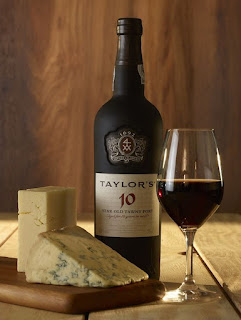Port Wines: A Series Part 1

As you all know, Prime Steakhouse prides itself in exposing our guests to as many beverage options as possible. Whether it’s our Aperitifs, Amari, or our Award-Winning Wines List, we are passionate about providing both the opportunity and education our guests deserve to enhance their dining experience. Port Wine deserves to be celebrated. Here is part one of a series of essays I’ve written to pique your interest in this most unique and intriguing beverage! Enjoy, and next time you visit Prime, please feel free to discuss Port with me! Cheers, Felix Albano PRIME at Sky Meadow General Manager Port is one of the most overlooked and underrated styles of wine on the market. When produced by great houses, these wines can provide some of the most delicious drinking experiences possible. Whether paired with dessert, mixed into a cocktail or sipped neat after dinner, the versatility of port wines knows no limits, though understanding what the fortified wine is all a...


